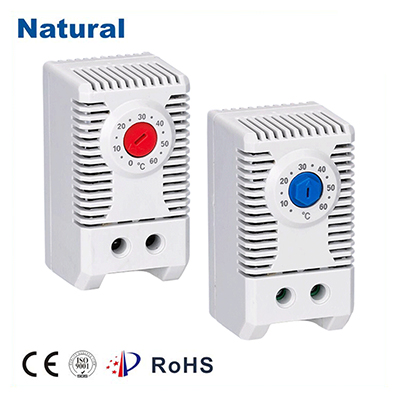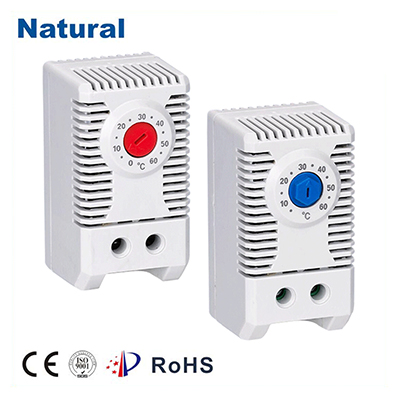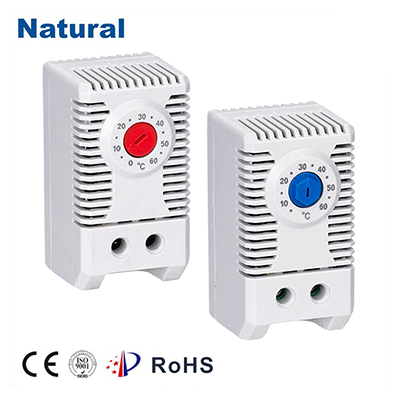In today’s world, where energy efficiency and indoor comfort are paramount, the automatic temperature control thermostat has emerged as a critical device in home and commercial settings. This technology not only helps maintain a comfortable living environment but also contributes to energy savings and environmental sustainability. This article delves into the functionality, benefits, and applications of automatic temperature control thermostats.

What is an Automatic Temperature Control Thermostat?

An automatic temperature control thermostat is a device that regulates the temperature of a heating or cooling system to maintain a predetermined level of comfort. Unlike traditional thermostats that require manual adjustments, automatic thermostats use advanced technology to monitor indoor temperatures and adjust the heating or cooling output accordingly. This can be achieved through programmable settings, sensors, and even integration with smart home systems. How Does It Work? The functioning of an automatic temperature control thermostat revolves around a few key components: Sensors: These devices are equipped with temperature sensors that continuously monitor the indoor environment. When the temperature deviates from the setpoint, the thermostat signals the HVAC (Heating, Ventilation, and Air Conditioning) system to either heat or cool the space.
